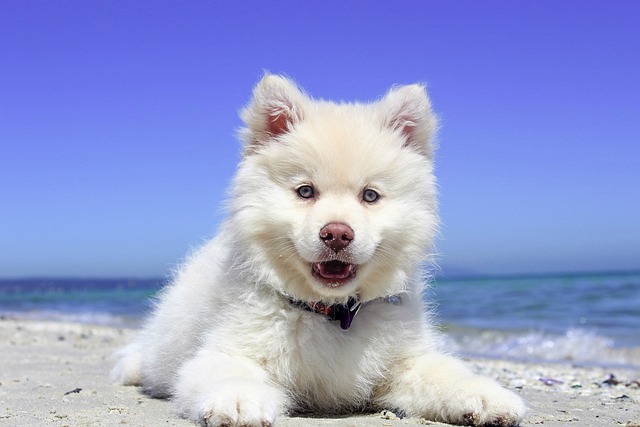
How do i train my dog to be obedient?
Watching your dog dart across the park ignoring your calls isn’t just frustrating—it can put them at risk near busy streets or public spaces.
If your dog growls when another pup gets too close to their food bowl, or snaps when a child reaches for their toy, you’re likely dealing with conflict aggression. It happened to my sister in Denver with her 2-year-old pit bull, Daisy—she’d bare her teeth when the cat walked past her bed, and my sister worried it meant Daisy was “mean.” But a trainer explained: conflict aggression is a dog’s way of saying “I feel threatened,” not a desire to hurt. Understanding that changes everything.
Here’s the science: dogs react to perceived threats with a “fight or flight” response. If they can’t flee (like being cornered), they fight to protect themselves. Daisy felt trapped when the cat got too close, so she growled to create space. Her brain wasn’t being “aggressive”—it was trying to stay safe. That’s why punishment backfires. Yelling at Daisy made her more tense; she thought the cat’s presence meant scolding, so her growls got louder. Instead, the trainer suggested “space training”: when the cat approached, my sister tossed a treat near Daisy, so she learned “cat = good things, not danger.” Over time, she relaxed, because her brain stopped seeing the cat as a threat.
Practical steps matter. For food aggression, feed Daisy in a quiet corner where no one disturbs her. When my nephew visits, they put her favorite toy in a safe spot before he arrives—no toy, no conflict. A trainer in Portland recommends “trade-up games”: offer a high-value treat (like cheese) when your dog has a toy, so they learn giving things up brings better rewards. Daisy now drops her bone happily when my sister shows her a piece of chicken.

Legal and cultural norms tie into this. In California, a dog bite can lead to legal trouble, so managing aggression keeps everyone safe. Make sure your dog’s vaccines are current—rabies shots are mandatory, and a healthy dog is less reactive. When walking, keep them on a short leash in busy areas, and avoid dog parks until you’re confident in their behavior. Always carry poop bags; responsible ownership includes cleaning up, and a calm walk reduces stress that fuels aggression.
Never use physical punishment. Hitting or alpha rolls (pinning a dog down) are not just cruel—they make aggression worse. Daisy once nipped a stranger who tried to pet her, and her owner focused on training, not blame. Positive reinforcement teaches trust: “When you stay calm, good things happen.” It’s how we’d want to be treated if we felt scared.
Apartment living? Give your dog a “safe zone”—a crate or bed where no one bothers them. Post a friendly note by your door: “Daisy is in training—please knock before entering.” Neighbors appreciate the heads-up, and it reduces surprise encounters that trigger stress. When using the elevator, let others go first if your dog seems tense—avoiding conflict in small spaces builds confidence.
Conflict aggression isn’t about being “bad.” It’s about fear, and with patience, you can help your dog feel safe. Daisy now naps peacefully even when the cat curls up nearby—proof that kindness, not force, changes behavior.

Watching your dog dart across the park ignoring your calls isn’t just frustrating—it can put them at risk near busy streets or public spaces.

New puppy owners often find themselves rushing to clean up accidents before they set in, and that’s where puppy pad training becomes a game-changer.

If you've noticed your dog's waistline disappearing and your veterinarian has mentioned those few extra pounds, your first instinct might be to simply reduce the amount of food in their bowl.

Training a dog to use a designated spot indoors isn’t as daunting as many new owners fear, but it does take consistency and an understanding of your pet’s needs.

That moment of dread on a walk is all too familiar for many new dog owners. You see another dog approaching down the sidewalk of your neighborhood

If the sight of another dog on your neighborhood walk makes your heart sink as your own dog erupts into a frenzy of barking and lunging, you're not alone.